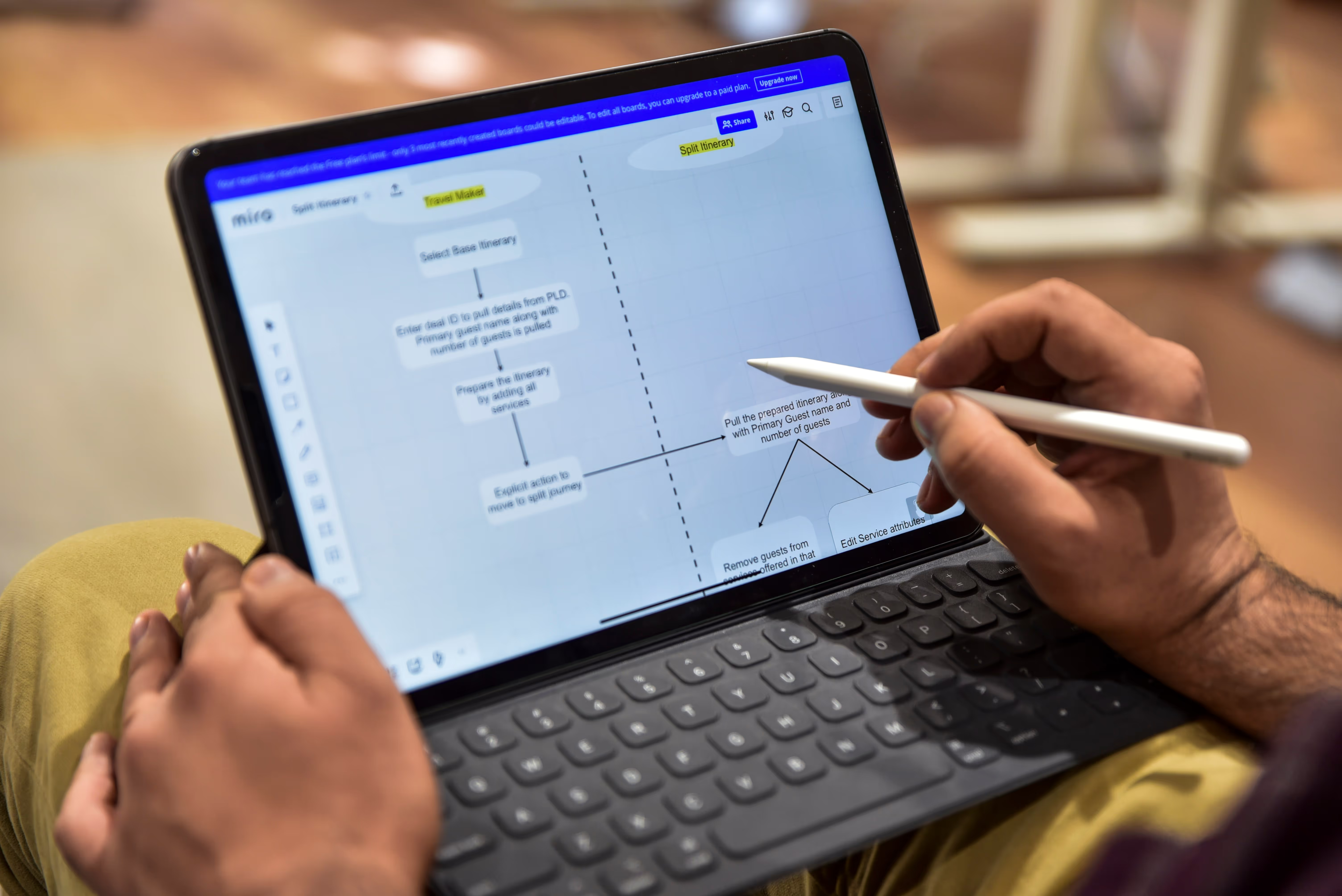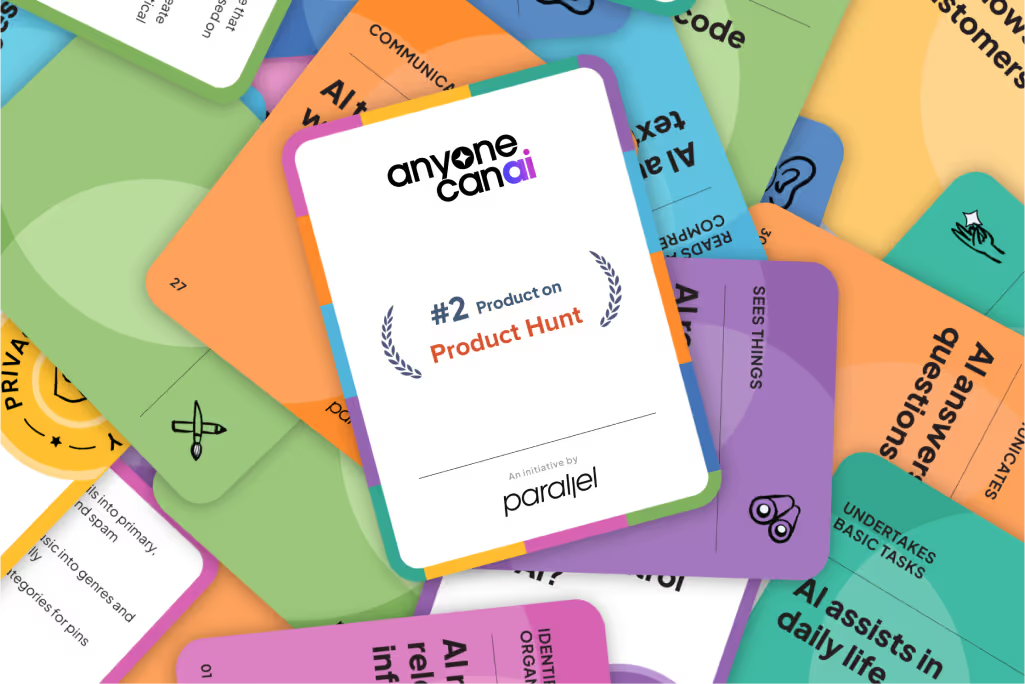10 Best B2B Website Design Agencies (2026)
Discover top B2B website design agencies focused on delivering user‑friendly, high‑conversion sites for enterprise clients.

B2B web design has evolved far beyond brochures. Research from Digital Silk reports that 80% of B2B sales are expected to take place online by 2025. Another study shows that 89% of B2B buyers research products online before making a purchase and that most buyers consume at least five articles or videos before speaking with a sales team. In other words, your website must act as a lead engine, a trust‑building resource and a conversion platform all at once.
This guide is written for founders preparing for product launches or fundraising, for design leads building scalable infrastructure and for marketers investing in growth‑ready platforms. Over the years I’ve seen early‑stage SaaS and AI teams thrive when they pick a partner who understands business buyers, and I’ve also watched teams stall because they treated the website as an afterthought.

Choosing the right corporate web development partner is one of the most important decisions you can make. Below I explain what separates an effective agency from a mediocre one, highlight ten vetted agencies and provide practical criteria for making a selection. My intention isn’t to promote a specific firm; rather it’s to share lessons learned from designing and shipping dozens of B2B sites.
What makes a great B2B web design agency?
A great agency understands that B2B buyers have longer cycles, bigger committees and higher stakes than consumer shoppers. The following capabilities are essential:
- Security‑first engineering and technical SEO. The best partners build responsive, secure and fast sites. Nielsen Norman Group notes that B2B sites must support complex tasks like comparing products, sharing options with colleagues and signing up for information. Technical performance matters too: First Page Sage found that 59% of SEO specialists cite technical optimisation as their most effective tactic, and pages that load one second faster see up to 20% more conversions.
- Tailored user experience. Off‑the‑shelf templates rarely serve layered buyer journeys. A good agency considers the needs of researchers, influencers and executives and invests in enterprise user experience research.
- Systems integration. A growing site must connect your CMS with analytics, CRM and marketing automation. Nearly three‑quarters of B2B marketers say SEO generates higher‑quality leads than PPC, so seamless data flows matter.
- Information architecture. Complex products need clear structure. DemandSage reports that half of B2B buyers consume eight pieces of content before deciding. Organise specs and case studies into digestible sections with clear calls to action.
- Alignment with B2B digital marketing. Your site isn’t an island. Organic search drives 76% of trackable B2B traffic, so SEO, conversion rate optimisation and messaging must be built in from the start. Agencies should collaborate with your marketing team on keywords, analytics and content strategy.
- Storytelling and media. With 72% of B2B marketers considering video essential, a strong partner uses video and animation to bring corporate branding online to life.
Red flags include one‑size‑fits‑all templates, a shallow understanding of B2B sales cycles and a lack of long‑term support. If an agency can’t articulate how it customises its process to your market or offers no plan for ongoing optimisation, keep looking.
Which 10 B2B website design agencies should you consider?
The following agencies are not ranked; each brings distinct strengths. Use this as a starting point for building your shortlist.
1) Parallel

Parallel operates as a design-led studio dedicated to creating a cohesive system that integrates brand identity, product usability, and growth marketing. The core strength is the construction of scalable design systems. This means creating a unified visual and interactive language that works as effectively for a public-facing landing page as it does for the intricate user interface of the product itself. This approach is particularly valuable for startups between their seed and Series A funding stages, as it establishes a durable design foundation that supports expansion without requiring costly redesigns.
2) Superside

Superside functions on a subscription model, positioning itself as a high-velocity, on-demand design partner. Its primary value proposition is speed and volume, making it an extension of a company's marketing team. The service is structured for rapid production of marketing assets, landing pages, and other items for established brands. It is best suited for organizations that have a clear brand direction but require a constant stream of design work and frequent updates without the overhead of a full-time, in-house team.
3) Slam Media Lab
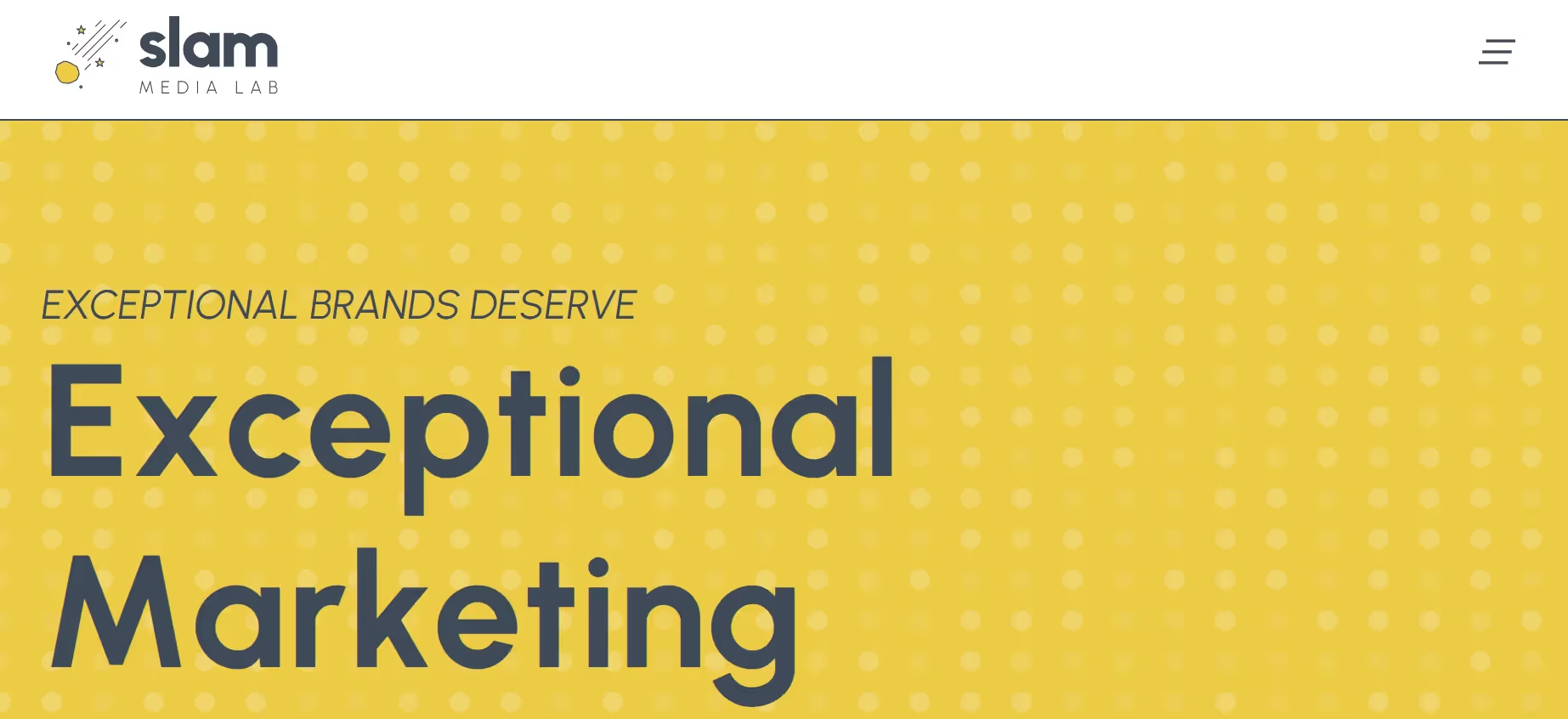
Slam Media Lab merges strategic web design with foundational content creation and search engine optimization (SEO). Their work centers on building websites that are not just visually appealing but are engineered to attract and engage a specific audience through organic search. They concentrate on technically complex products and mission-driven organizations that need to communicate intricate ideas or values. This makes them a good option for startups wanting a high-performance website with a content-publishing system built in from the ground up.
4) Kiwi Creative
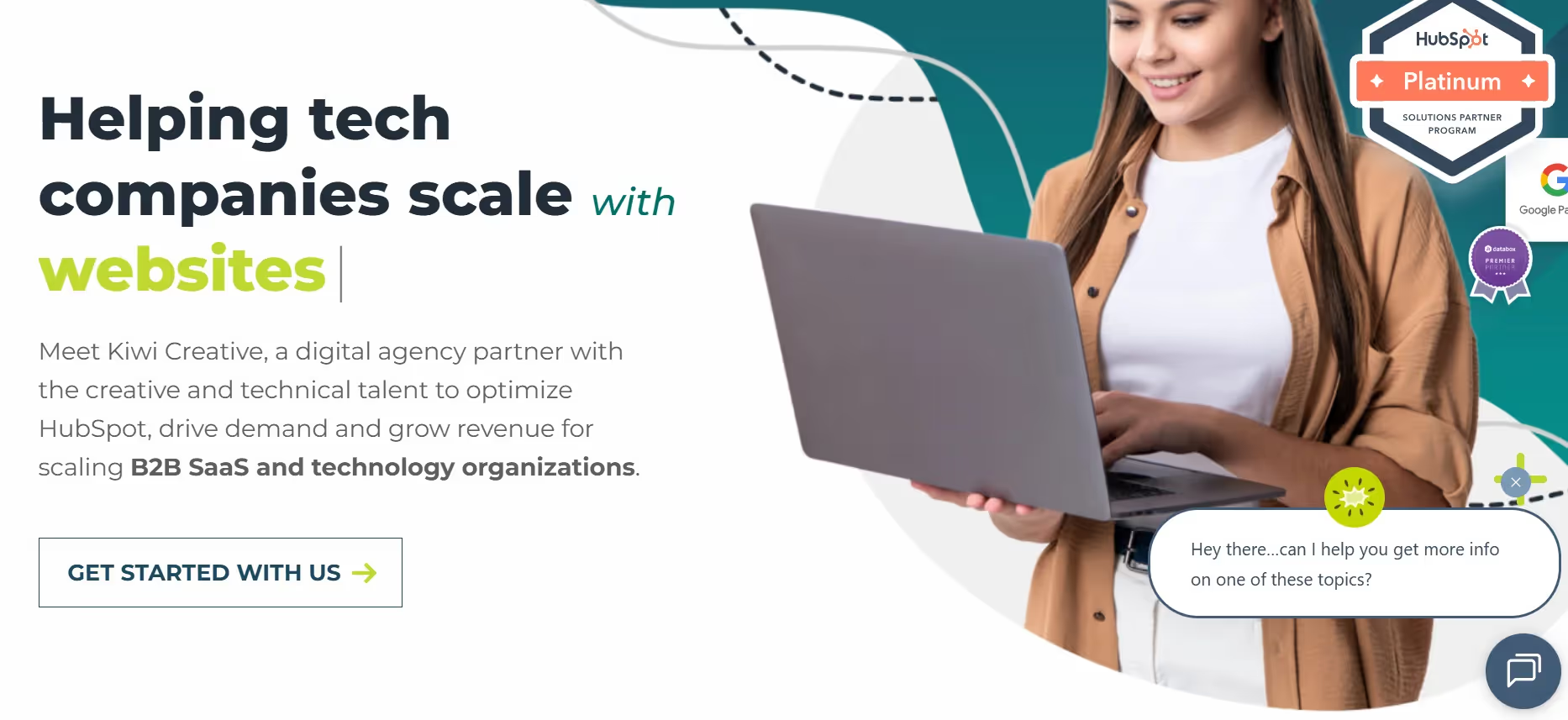
Kiwi Creative is a professional web agency with a distinct marketing orientation, serving B2B technology and Software-as-a-Service (SaaS) companies. Their specialization lies in deep integrations with the HubSpot platform and creating layouts designed specifically for user conversion. Their services are a strong match for mid-market SaaS companies that are focused on scaling their marketing operations and require a website that works in tight coordination with their customer relationship management (CRM) and automation tools.
5) Amply
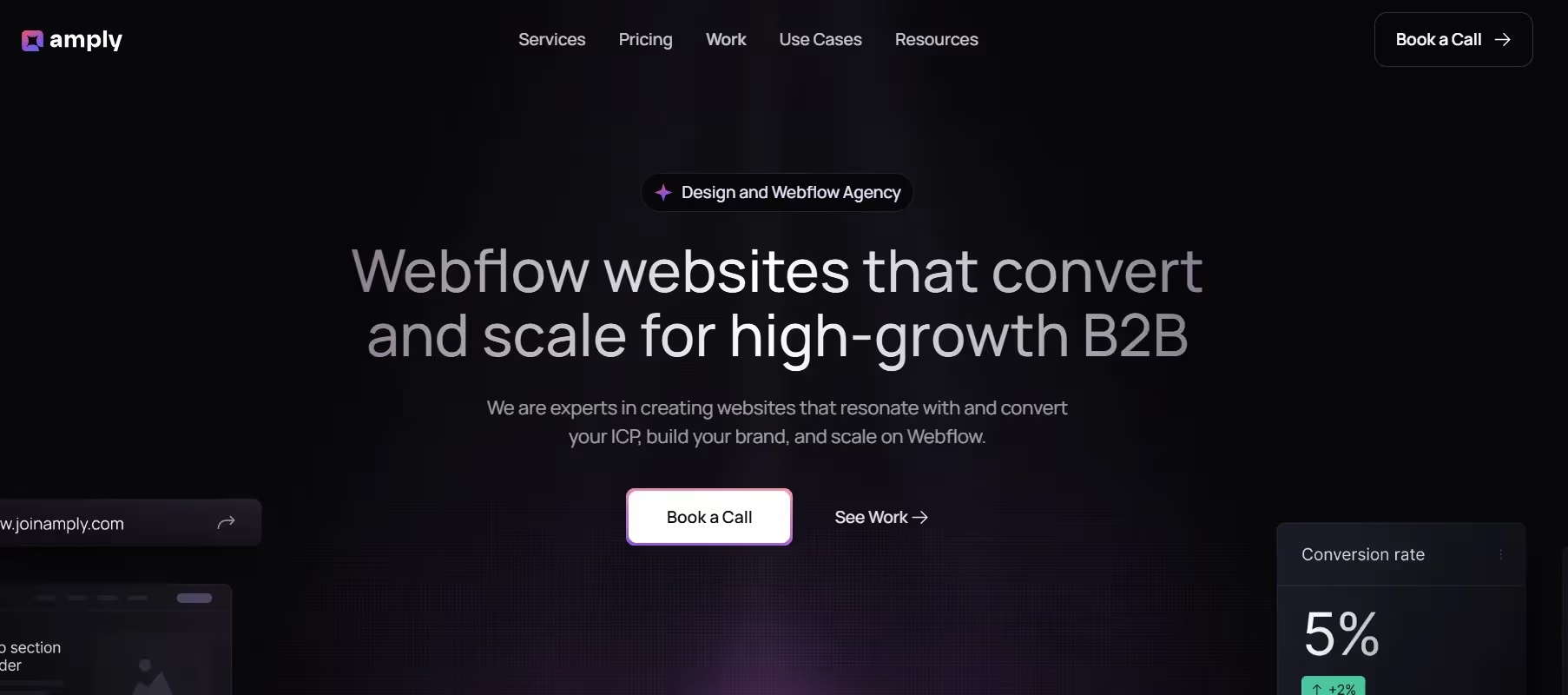
Amply is a studio that approaches web projects with a go-to-market mindset. Their methodology prioritizes the rapid launch of a minimum viable site, ensuring that speed does not come at the expense of quality. This method allows new ventures to establish a professional web presence quickly to support fundraising efforts or initial market entry. It is perfect for startups that are ready to seek investment or for lean teams that need to be operational without a lengthy development cycle.
6) 310 Creative

310 Creative connects web design with revenue operations and marketing automation systems. They possess deep expertise in the HubSpot ecosystem and also provide enterprise-level SEO strategies. Their service is constructed to create a tightly integrated system where the public-facing website (front end) and the internal sales and marketing machinery (back end) operate as one. This makes them well-suited for growth-stage companies that require this degree of integration to manage and scale their customer acquisition processes.
7) DesignRush

DesignRush is not a direct service provider but a curated marketplace. It functions as a directory where companies can find and vet potential agency partners. The platform organizes agencies by their area of industry focus, geographical region, and typical project budget. Its main purpose is to assist founders and marketing managers in creating a shortlist of qualified agencies before they commit to a more intensive selection process.
8) Huemor
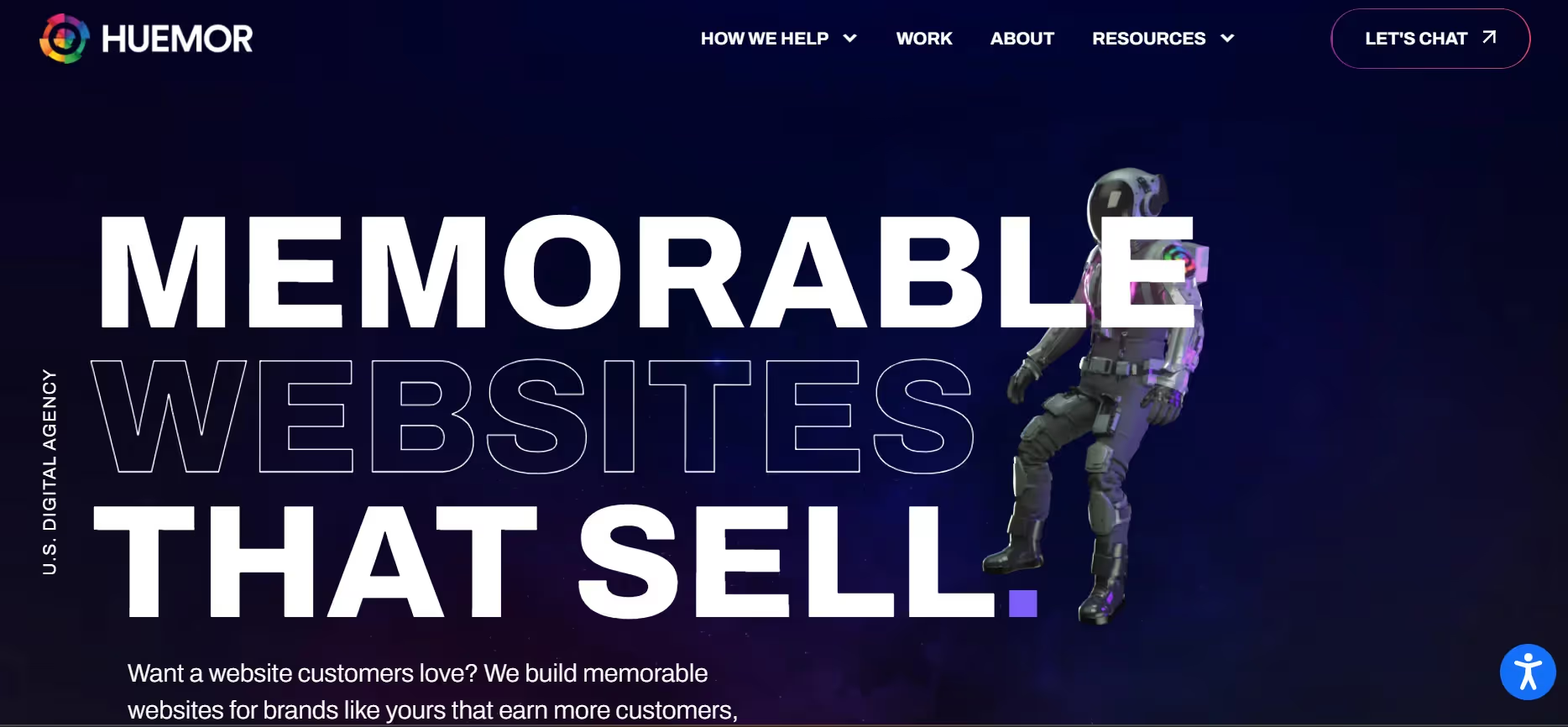
Huemor is a creative agency recognized for its data-informed design process and high-conversion rebranding projects. They emphasize compelling storytelling and layouts that have been tested for their effectiveness in driving user action (Conversion Rate Optimization). Their approach is beneficial for established brands that want to differentiate themselves with a strong personality and a website that is scientifically optimized to turn visitors into customers.
9) Clay
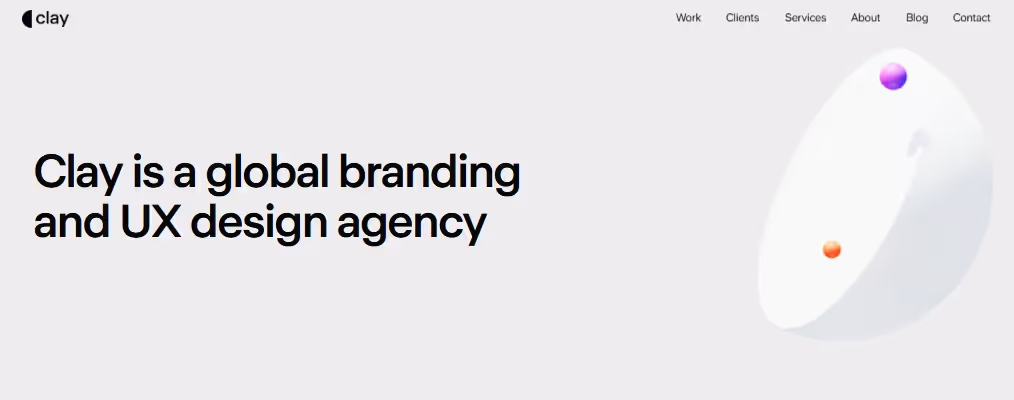
Clay is a high-end digital product studio focusing on UI/UX design and corporate branding. Their work combines sophisticated visual systems with enterprise-grade development, resulting in premium digital products and experiences. They are the best choice for product-centric startups or established companies aiming for a top-tier market position and requiring a polished, high-fidelity presence to justify a premium price point.
10) New Media Campaigns
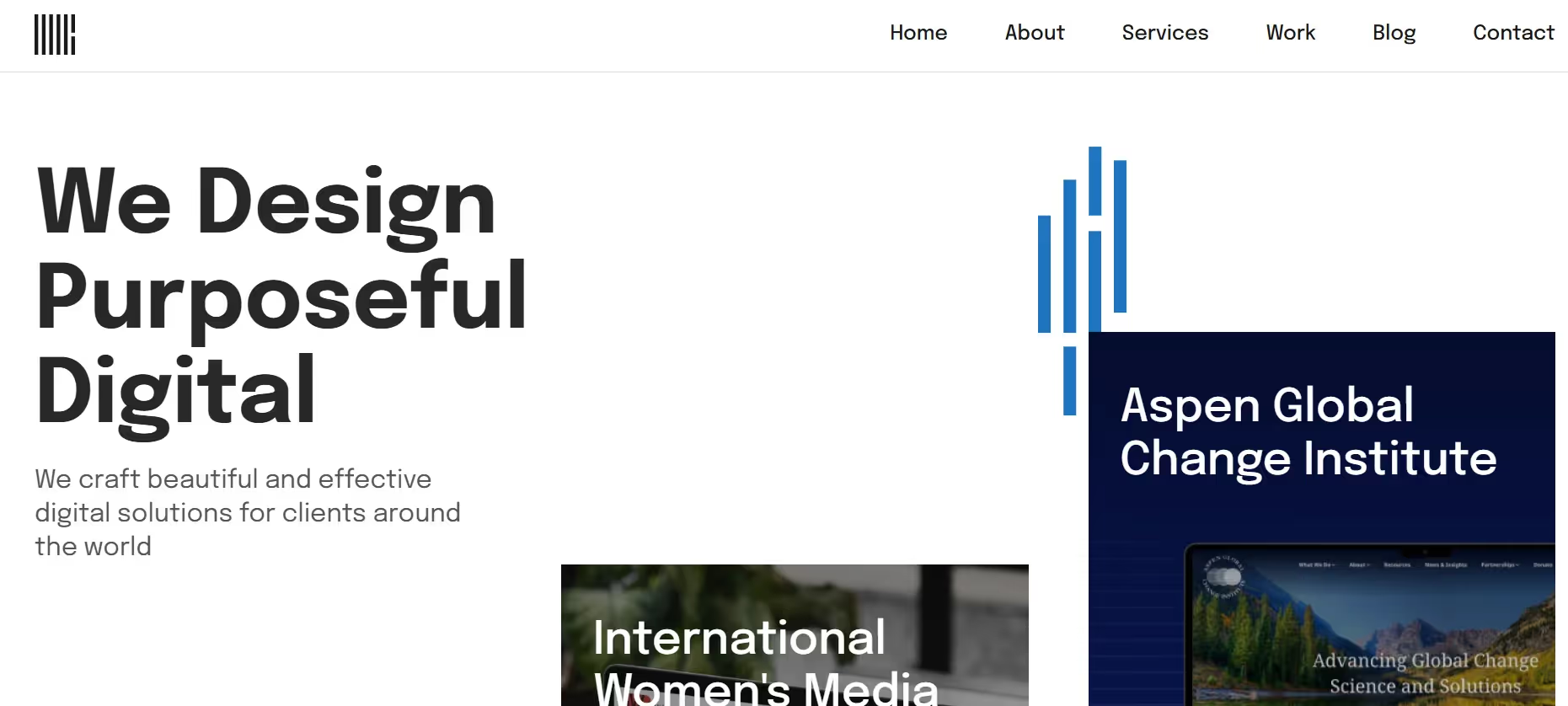
New Media Campaigns is a boutique agency distinguished by its strong development capabilities and adaptable Content Management System (CMS) implementations. They deliver clean, functional designs supported by secure and well-built back-end systems. Their flexibility with technology stacks makes them a suitable partner for companies in niche industries or for clients with in-house technical teams who require a high degree of control and customization over their web platform.
How do you choose the right web design partner?
Clarify your stage and objectives. Are you validating an MVP, entering a growth phase or rebranding? Do you need your site to support a fundraising narrative or to drive conversions? Early‑stage teams often prioritise speed and clarity, while later‑stage companies invest in analytics and experimentation.
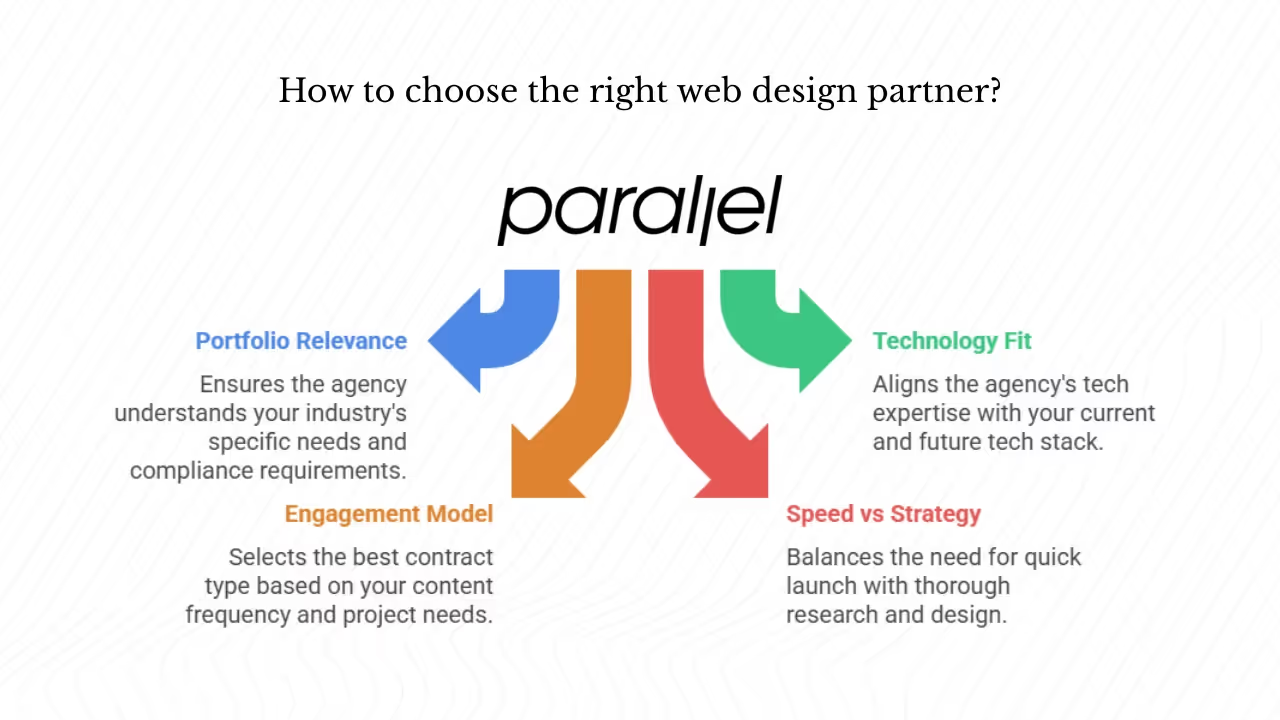
Evaluate four dimensions:
- Portfolio relevance: Review case studies in your industry. If you’re in fintech or healthcare, look for agencies experienced in compliance, trust signals and complex transactions.
- Technology fit: Decide whether you need WordPress, Webflow, a headless CMS or custom code. Some agencies are certified HubSpot or Salesforce partners; others specialise in React frameworks. Choose a partner comfortable with your stack and future plans.
- Engagement model: Choose between project‑based contracts and retainers. If you publish content frequently—and most B2B marketers do, a retainer may offer better value. For one‑off campaigns, a project might suffice.
- Speed versus strategy: Some firms launch sites in weeks; others spend months on research and design systems. Be clear about your priorities. Rushing can reduce quality, but over‑engineering can slow you down.
When you speak with agencies, ask about their process from kickoff to launch, who will work on your project and how they support content and optimisation after launch. The right partner should feel like an extension of your team, not just a vendor.
What pitfalls should you watch out for?
Even with the right partner, teams sometimes stumble because they assume B2B buyers behave like consumers. Here are a few patterns I’ve seen repeatedly:
- Overcomplicated flows: One AI startup we worked with attempted to integrate five different sign‑up flows and three pricing models on its homepage. Prospects felt overwhelmed and abandoned the site. We simplified the navigation and focused on a single call to action; conversions jumped by nearly a third. Don’t feel compelled to cram every detail up front—give visitors a clear path and let deeper content live in resource sections.
- Ignoring performance: Speed isn’t a vanity metric. Data compiled by WP Rocket shows that on mobile, for every second delay in page load, conversions can fall by up to 20%. B2B buyers are busy and will abandon slow pages. Build lightweight pages, compress images, and audit scripts regularly.
- Neglecting mobile: According to Google, 42% of B2B researchers use mobile devices to research purchases. Yet many corporate sites are still designed primarily for desktop. Responsive design isn’t enough; test on actual devices, simplify forms and ensure that long tables and charts adapt gracefully to small screens. When in doubt, prioritise the tasks mobile visitors need most.
- Forgetting about analytics: I’ve met teams that launched beautiful sites without any analytics or heat mapping. Six months later they had no insight into which pages worked. At a minimum, set up basic analytics and track key events. Then run simple A/B tests—sometimes a shorter headline or a clearer button label can make a surprising difference.
By paying attention to these pitfalls up front you can save time and money down the road—and get more value out of your agency partnership.
Conclusion
Web design is a strategic investment, not a line item. I’ve watched founders transform their fundraising prospects by elevating their digital presence and I’ve seen teams waste months with the wrong partner. Remember that 60% of B2B buyers base their decisions on digital content and that page speed has a direct impact on conversions. A strong site doesn’t just look good; it loads quickly, educates prospects and connects seamlessly to your marketing engine.
Treat your website as a living product. Invest in partners who build business website solutions that can grow with you, not one‑off brochures. Look for enterprise site design that supports analytics and automation. Don’t settle for cookie‑cutter layouts when your buyers expect personalised experiences. Ask for custom website design that aligns with your product strategy and industrial web design that makes complex information accessible.
Ensure your partner understands how to express your brand values across the site and can translate them into a cohesive digital narrative. Partner with agencies who view themselves as stewards of your brand and who will optimise continuously. When you take this long‑term view, your site becomes a strategic asset that drives leads, builds trust and fuels growth.
FAQs
1) What does a B2B web design agency do?
These agencies build sites specifically for businesses selling to other businesses. They understand long buying cycles, decision committees and the need for detailed content. Nielsen Norman Group notes that B2B sites must help users compare products, share information with colleagues and sign up for resources, so the agency’s role goes beyond aesthetics to include information architecture and lead generation.
2) What services are typically offered?
Beyond design, agencies provide research, strategy, development, CMS implementation and ongoing optimisation. Many also help with SEO, analytics and integration with CRMs because organic search accounts for the majority of B2B traffic. Some offer video production, copywriting and conversion rate optimization to support storytelling.
3) How much does a B2B website cost?
Budgets vary based on scope. A simple marketing site might cost $10k–$25k; complex enterprise sites with integrations and thought‑leadership content can exceed $100k. First Page Sage reports that 55% of enterprise‑level companies invest more than $20k per month in SEO and that 81% of B2B firms expect to pay at least $7,500 per month for SEO, which suggests how much companies invest in digital presence. Factor design, development, content and maintenance into your budgeting.
4) How do I know if an agency is the right fit?
Look for relevant case studies, alignment with your stage and an understanding of B2B buying behaviour. Evaluate their process, team composition and willingness to collaborate on strategy. Ensure they can deliver comprehensive web services across design, development and optimisation. A good partner will integrate analytics, respect your brand guidelines and provide support after launch.




.avif)



